More Information
- Children’s Plastic and Reconstructive Surgery Home
- Children's Craniofacial Services
-
Conditions and Treatments
- Conditions We Treat
-
More Information
- Ear deformities: microtia, anotia and constricted ear
- Cleft Lip and Palate
- Congenital nevus
- Craniosynostosis
- Dermoid cyst
- Nose deformities, nasal breathing problems
- Orbital hypertelorism
- Pierre Robin Sequence/Syndrome
- Positional Plagiocephaly: Flat Head Syndrome
- Prominent ears
- Velopharyngeal dysfunction
- Frequently Asked Questions
- Meet Our Team
- Patient/Family Resources
- Visit Preparation
Cleft Lip and Palate
What is a cleft lip?
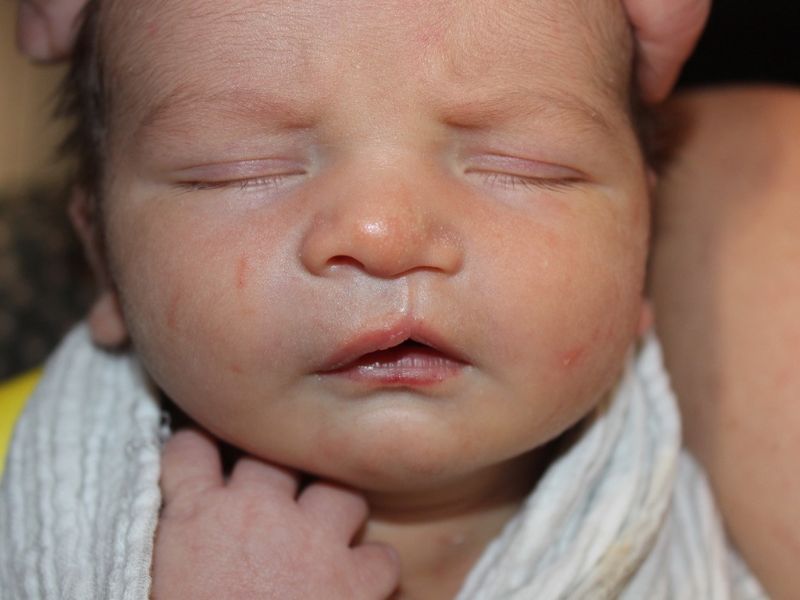
A cleft lip is an abnormal opening or gap on one side, both sides or the middle of the upper lip. A cleft lip is caused by incomplete development of the baby’s mouth before birth, so babies are born with this condition. A cleft on one side is called a unilateral cleft lip. When it occurs on both sides, it’s called a bilateral cleft lip.
Not all cleft lips are the same size. Some look like a small notch in the lip. Others create a gap that goes all the way up through the gums into the bottom of the nose.
What is a cleft palate?
A cleft palate is an abnormal gap in the roof of the mouth. Like a cleft lip, it is caused by incomplete development of the baby’s mouth before birth. The gap can be in the hard palate, which is the firm part located in the front. It can also be in the soft palate, which is the fleshy area in the back of the mouth. Some clefts create gaps in both the hard and soft palates.
What is the difference between a cleft lip and a cleft palate?
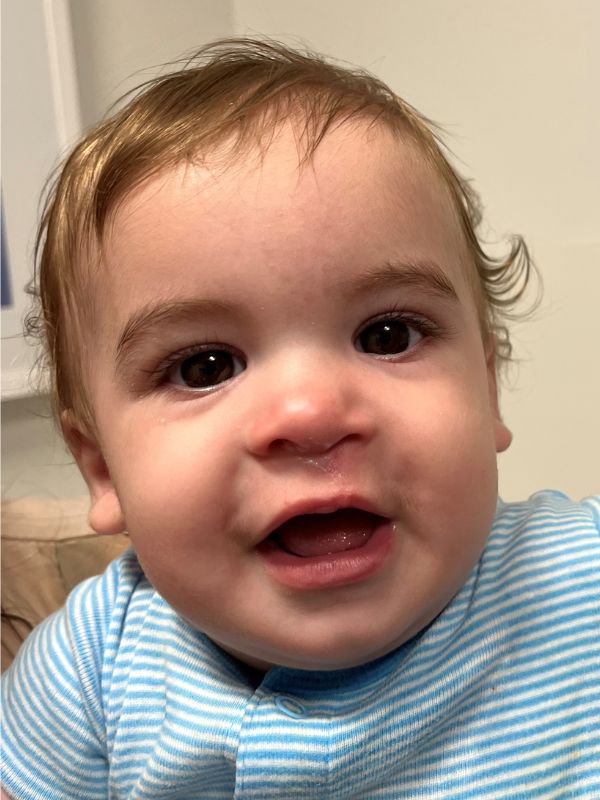
Although both a cleft lip and a cleft palate are caused by incomplete development of the baby’s mouth before birth, they are not the same thing. A cleft lip is a gap in the upper lip. A cleft palate is a gap in the roof of the mouth.
It is not uncommon for a baby to be born with a cleft lip without a cleft palate. It is less common for a baby to be born with just a cleft palate. When that does happen, sometimes the baby may have problems in other parts of the body. Only ten to 15% of all babies born with cleft lip and palate have other problems in the body. The risk is higher for babies born with just a cleft palate.
What causes cleft lip and cleft palate?
The structures of a baby’s face develop very early on, with the lip and palate fusing together at around six to nine weeks of pregnancy. If something interrupts the process of fusing together, a cleft occurs.
Many times, it is not known why a baby is born with a cleft lip and/or palate. Most clefts are isolated birth defects that are caused by a combination of many factors. Some clefts are associated with genetic causes or genetic syndromes.
It is helpful to meet with a genetic counselor to review specific details of your child’s differences, consider likely causes, and discuss risks for it happening again to your future children. Learn about Children’s Genetics.
How common is cleft lip and palate?
In the United States, about 1 in 1,050 babies is born with cleft lip with or without cleft palate, and about 1 in 1,600 babies is born with cleft palate alone.
See https://www.cdc.gov/birth-defects/about/cleft-lip-cleft-palate.html, accessed 7/8/2025.
Types of cleft lips and cleft palates
There are several common terms that health care professionals use to describe cleft lips and cleft palates.
Common terms for cleft lips include:
- Right/left: This describes the location on the mouth of the cleft.
- Unilateral/bilateral: Unilateral means one side of the lip; bilateral means both sides of the lip.
- Complete/incomplete: Complete means the cleft extends all the way through the lip into the nose. Incomplete means the cleft does not reach the nose. Sometimes the word “partial” is used instead of “incomplete.”
For cleft palates, terms such as soft palate and hard palate are often used to explain where the cleft is located.
Microform cleft lip
A microform cleft lip is a small notch in the lip. Although it is a mild form of a cleft lip, the muscle and structures underneath it may not work as well as they should, and surgery is sometimes needed to treat it.
Unilateral cleft lip
A unilateral cleft lip is a gap on one side of the lip. It can be incomplete (not extending into the bottom of the nose) or complete (extending through the gums into the bottom of the nose).
Bilateral cleft lip
A bilateral cleft lip includes gaps on both sides of the lip. They can be complete or incomplete. It is also possible for one side to be complete and the other to be incomplete.
Submucous Cleft Palate
A submucous cleft palate is a gap in the roof of the mouth that is beneath the tissue of the soft palate. Even though it can’t be seen, it can cause speech problems.
Cleft lip and palate
A combination of a cleft lip and a cleft palate means that there is no separation between a baby’s mouth and nasal passages. A combined cleft can affect the nasal cavity, tooth sockets, hard palate and/or soft palate. A baby with a cleft palate isn’t able to form suction, so special bottles and nipples are needed to feed the baby. Cleft palates also affect the muscles that allow fluid to drain from the baby’s inner ear, increasing the risk of ear infections. There can also be issues with speech development.
Isolated Cleft Palate
When a baby has a cleft palate without a cleft lip, this is called an isolated cleft palate. With this condition there is an increased chance there will be issues in other places in the body. Because of this, doctors may perform additional testing, including genetic testing.
Early diagnosis by ultrasound in the womb
It is common now for a baby’s cleft lip to be found on ultrasound while the mother is pregnant. The imaging can show a cleft lip as early as the 20th week of pregnancy. Ultrasounds may not detect cleft palates. At Children’s of Mississippi, if a cleft is detected before birth, pediatric craniofacial surgeons meet with expectant mothers to discuss the delivery plan, feeding after birth and possible surgical timelines.
Surgery to repair cleft lip and palate
Surgery is the treatment to close gaps in the lip and palate.
For cleft lips, depending on what your surgeon sees during your baby’s physical exam, he or she may recommend additional treatment before surgery.
If the gap is very wide, your child’s surgeon may recommend nasoalveolar molding. This brings the edges of the lip closer together. It is a process that requires frequent office visits for adjustments to a device that your baby must wear for several months.
Other children may require a preliminary surgery to join the edges of the lip. This will allow for a smaller gap at the second, full surgical repair.
Surgery to repair a cleft lip usually takes place during a baby’s first few months.
After surgery, your baby will have a scar on the lip that will become softer and less noticeable over time. It could take up to a year to completely heal. At Children’s of Mississippi, pediatric craniofacial surgeons strive to put all scars in places where there is a natural dip or line on the face, such as the indention in the middle of the lip beneath the nose. These anatomic landmarks help mask the scar as best as possible. Our teams also offer extensive instructions regarding scar care after surgery to make the scar heal and look the best.
Some children have both a cleft lip and a cleft palate. They may need several surgeries in the first year of life for treatment. During your office visit, we will talk with you about the treatment plan that is best for your child.
A cleft palate is usually repaired when a child is about one year old. The goal is to help the baby speak, eat and drink normally. Because the palate is used in speaking, surgeons prefer to repair a cleft palate before important speech development begins.
Children born with just a cleft lip and no hearing loss or other problems will ordinarily develop normal speech. Children born with a cleft palate are more likely to have problems with speech and language. Because of this, the team at Children’s of Mississippi brings in pediatric speech therapists after the palate is repaired to help children overcome speech challenges.
A cleft palate can affect many things as a baby grows. Not only is speech development affected, there may also be dental issues as the teeth come in. Because of this, it’s important to work with a good team that you can partner with over the years. Children’s of Mississippi’s team includes specialists in plastic surgery, neurosurgery, genetics, speech therapy, dentistry, oral surgery, psychiatry, social work and audiology. These specialists work together to help children born with clefts thrive.
Get help at Children’s of Mississippi
If you are concerned about your child, you can request an appointment with a craniofacial specialist at Children’s of Mississippi. Request an appointment online.
Last reviewed: July 14, 2025
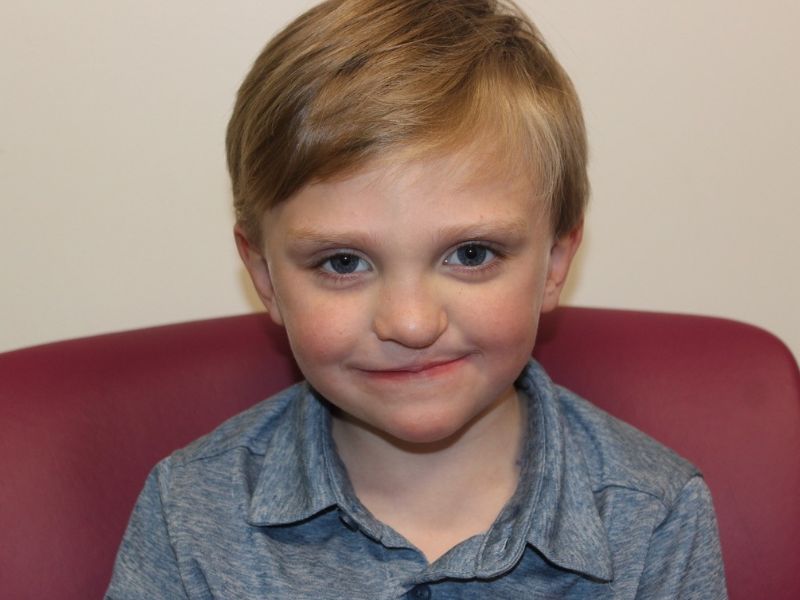
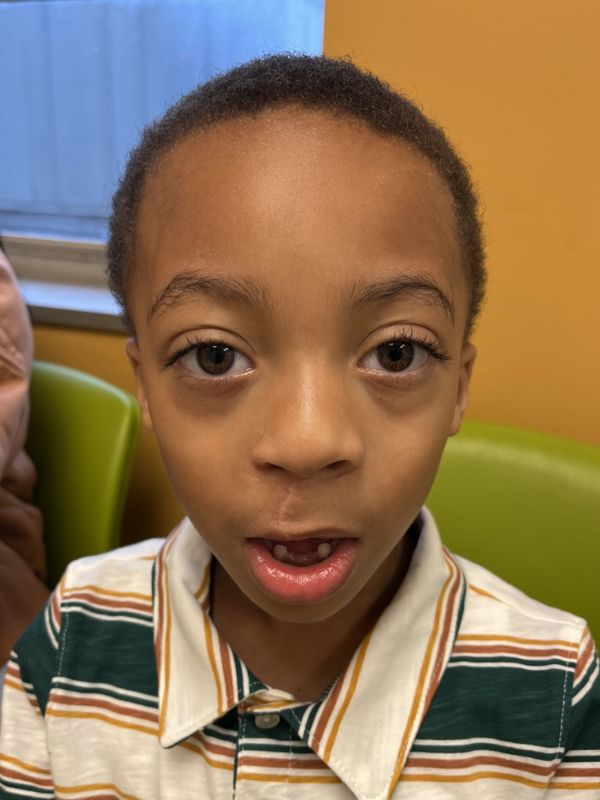
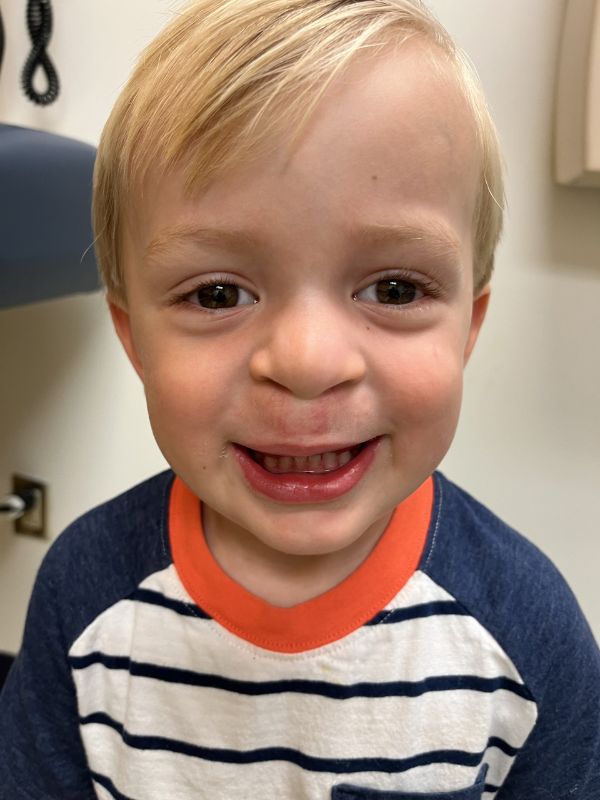
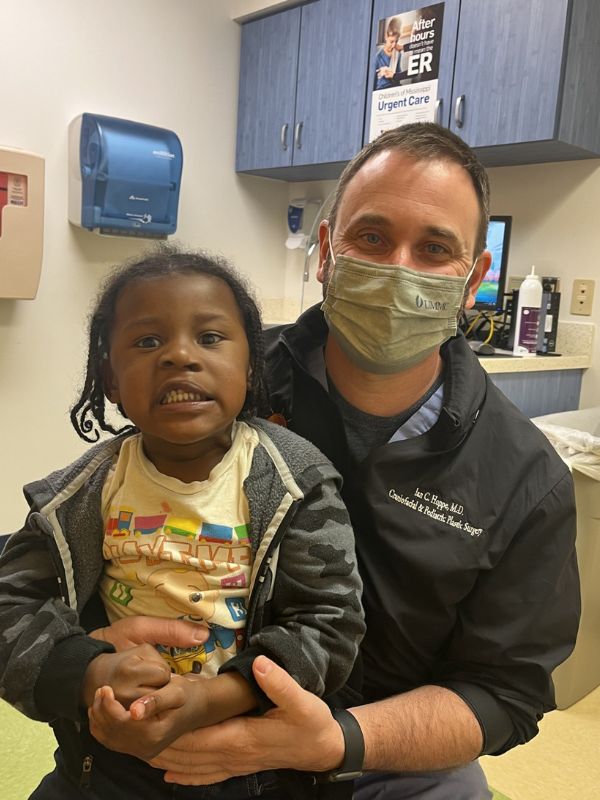


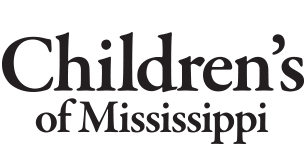

 UMMC
UMMC